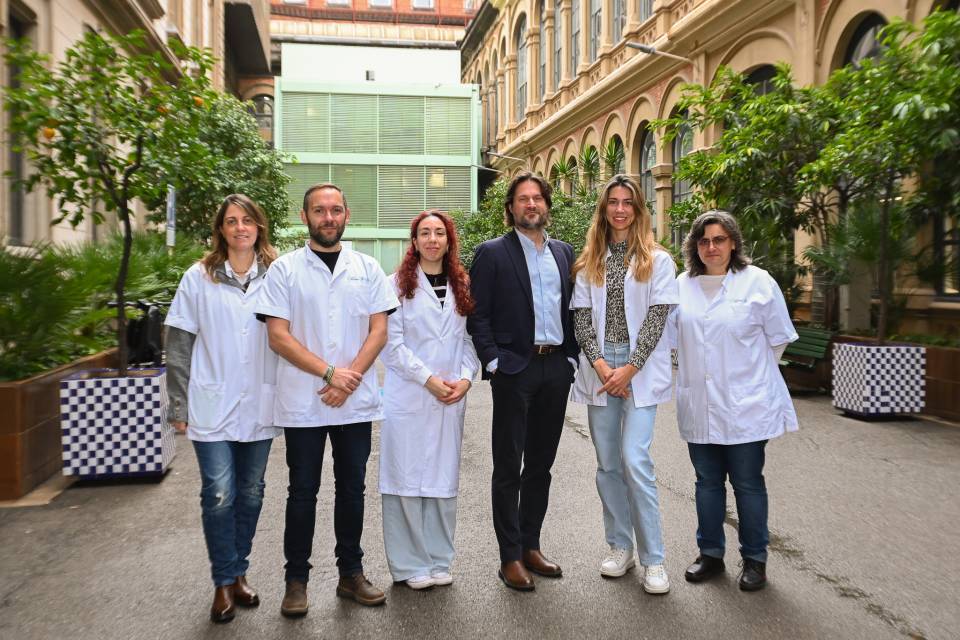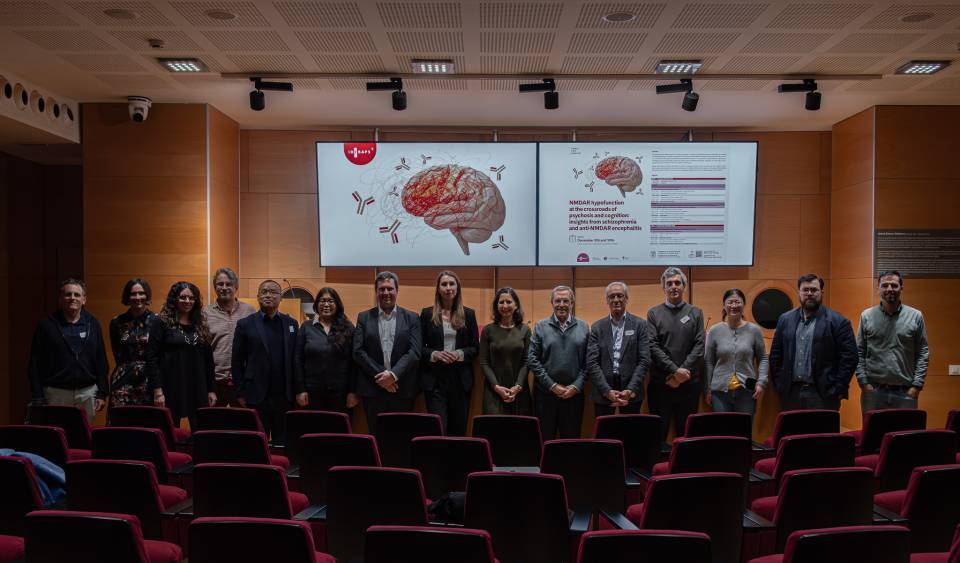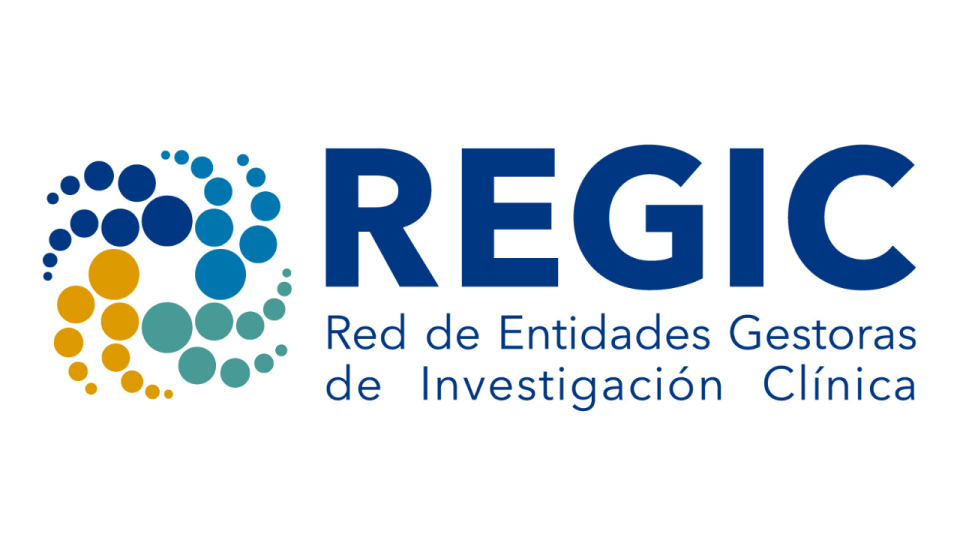The aim of the review is to provide tools to improve our knowledge of the disease and facilitate its diagnosis.
The review, published in the New England Journal of Medicine, was written by Dr. Joan Carles Garcia-Pagán, head of the Hepatic Haemodynamics Unit at the Hospital Clínic Barcelona, head of the IDIBAPS Regulation of liver microcirculation in cirrhosis and hepatic vascular diseases group and CIBEREHD researcher; and Dr. Dominique-Charles Valla, from the Beajoun Hospital and INSERM in Paris.
Budd-Chiari syndrome is a rare disease that affects the liver and is spontaneously lethal. It is caused by an obstruction to the hepatic venous outflow due to thrombosis of the hepatic veins, both large and small, or of the inferior vena cava. The incidence rate is one case per million people per year, and it above all affects young adults 35-40 years old.
Recent advances in the diagnosis of prothrombotic diseases responsible for thrombosis, and the introduction of TIPS as a therapeutic strategy, have radically changed the prognosis for these patients.
The review analyses in depth the epidemiology of Budd-Chiari syndrome, the clinical manifestations, the diagnostic tools, both laboratory and imaging, and the treatment of this disease. This exhaustive review may be very useful for increasing our knowledge of the disease and facilitating its early diagnosis, improving the prognosis for those who have it.
Article reference
Garcia-Pagán JC, Valla DC. Primary Budd-Chiari Syndrome. N Engl J Med. 2023 Apr 6;388(14):1307-1316. doi: 10.1056/NEJMra2207738




